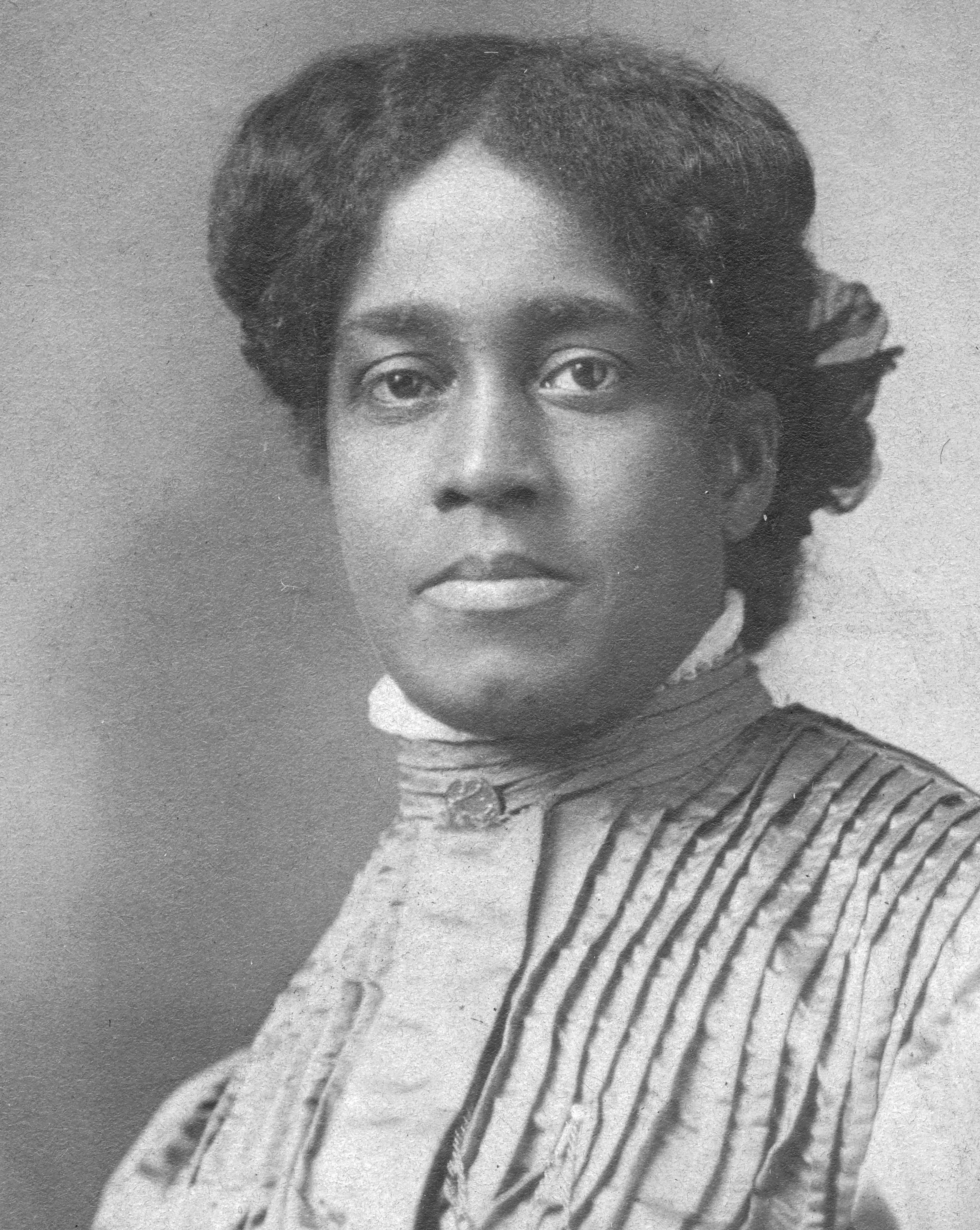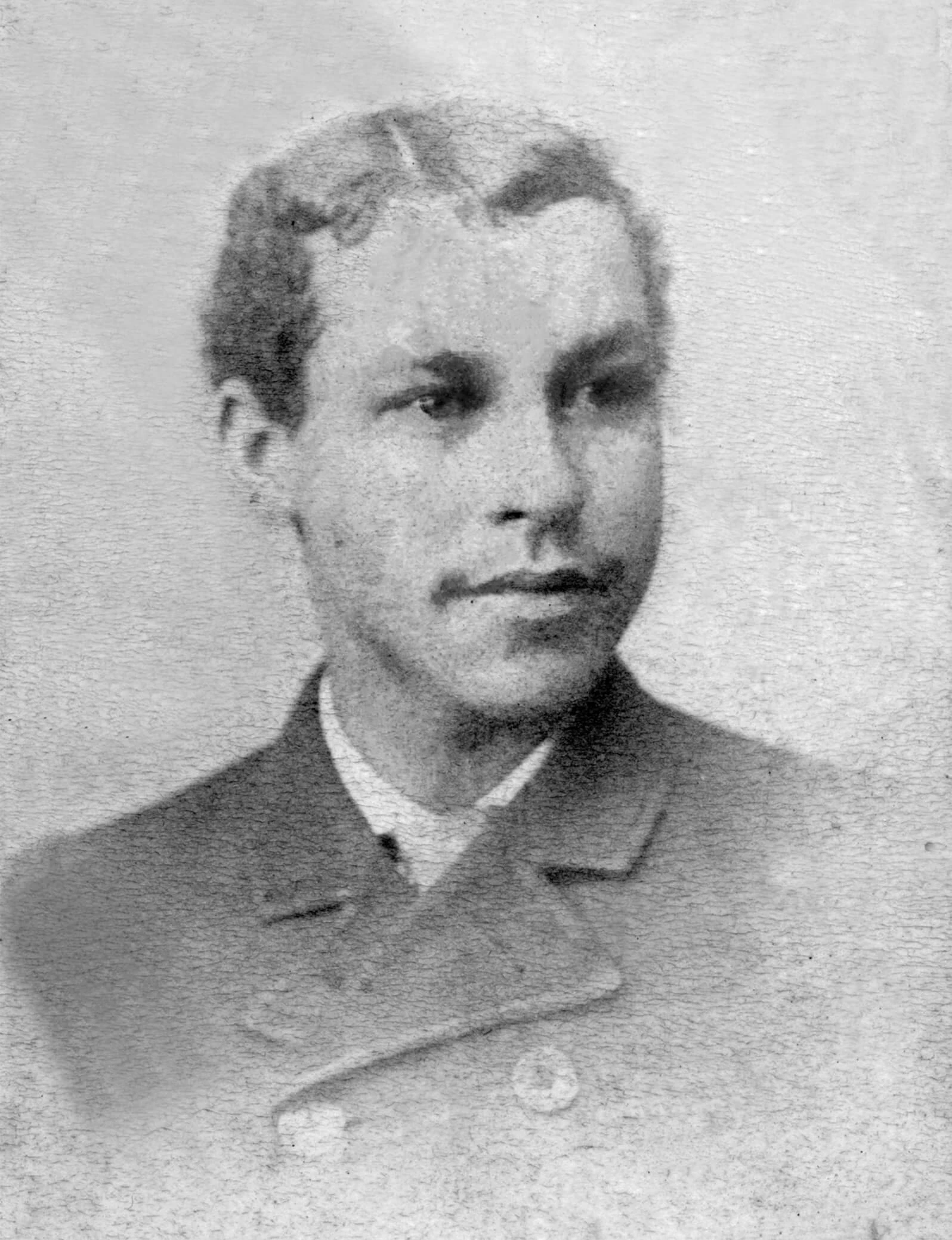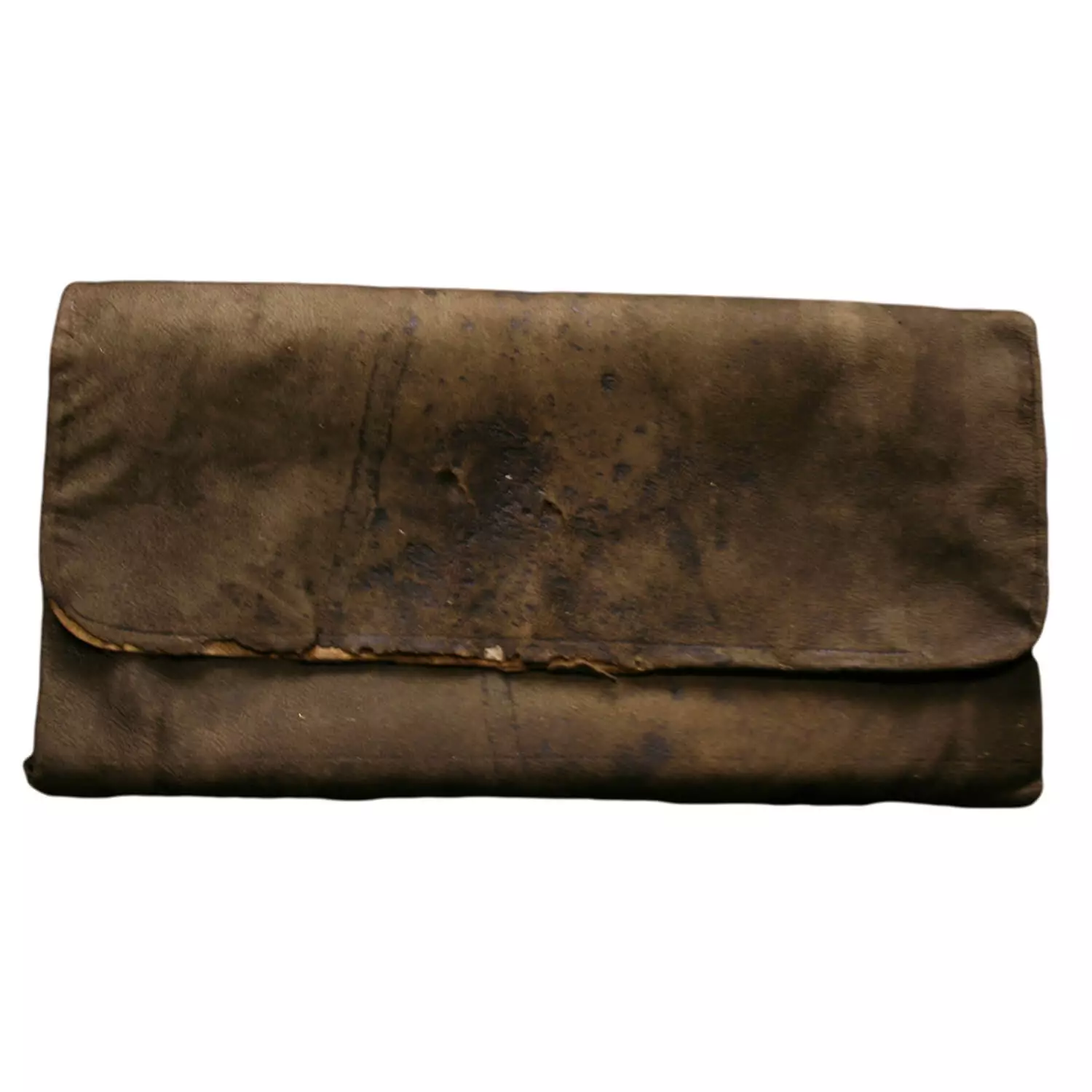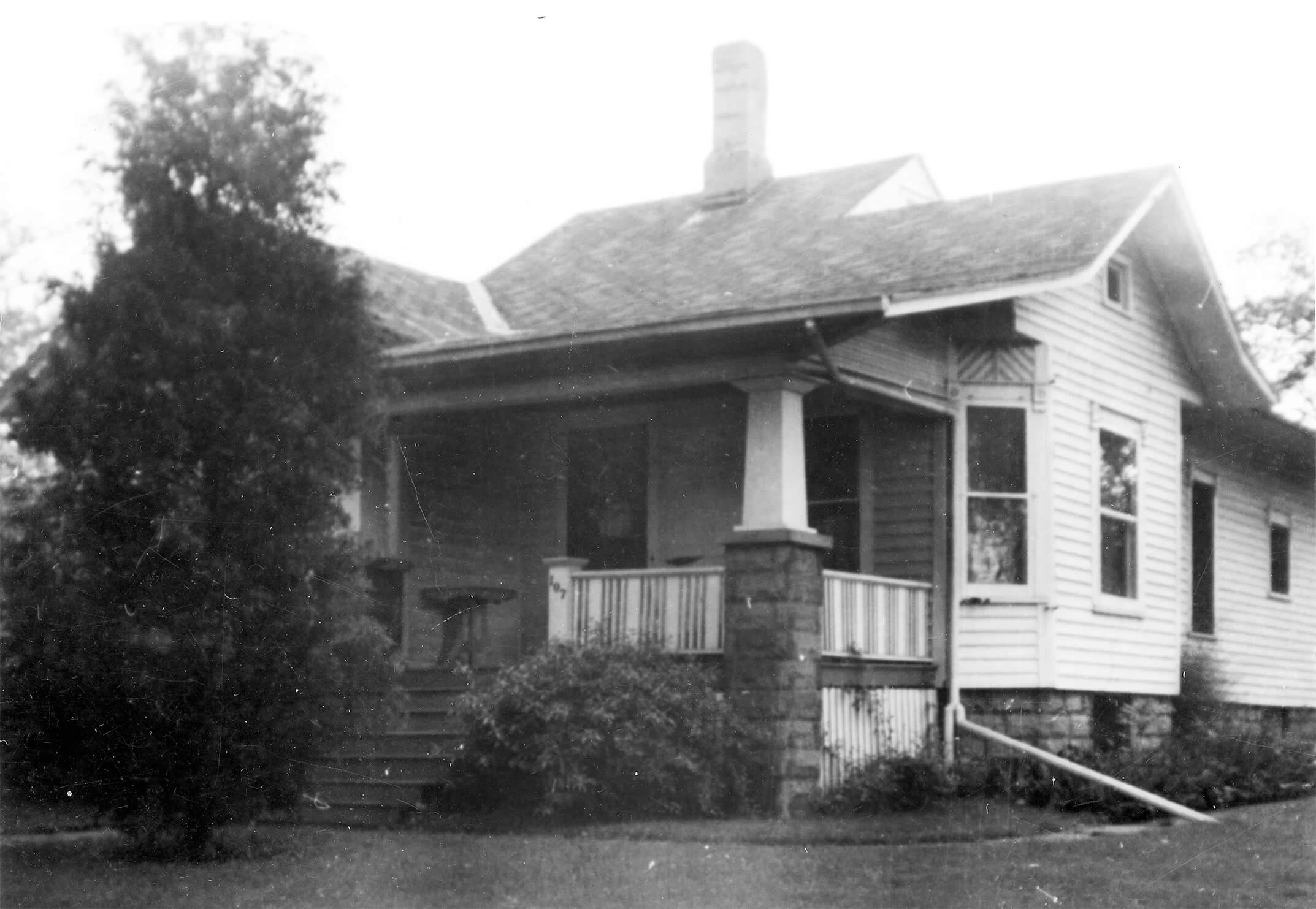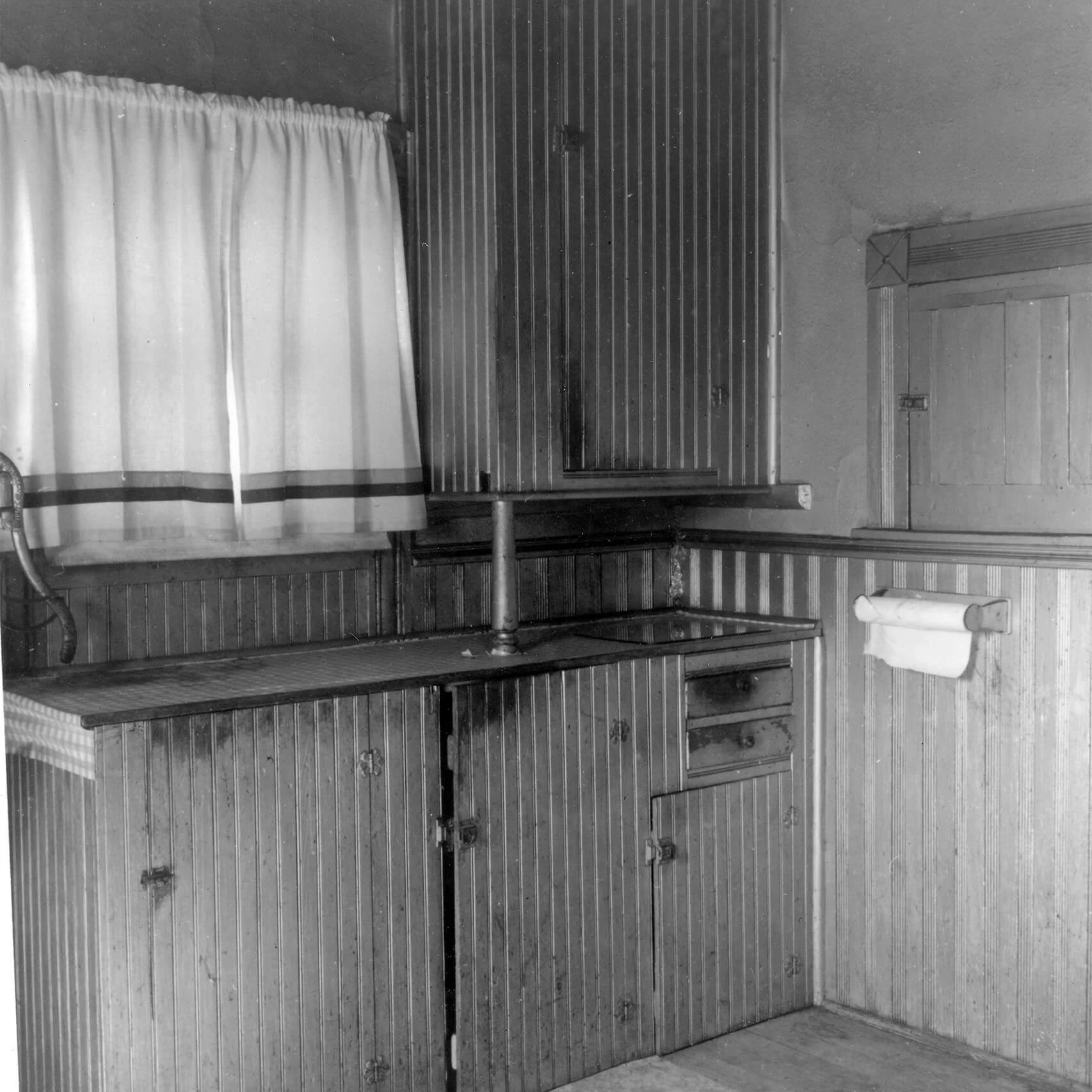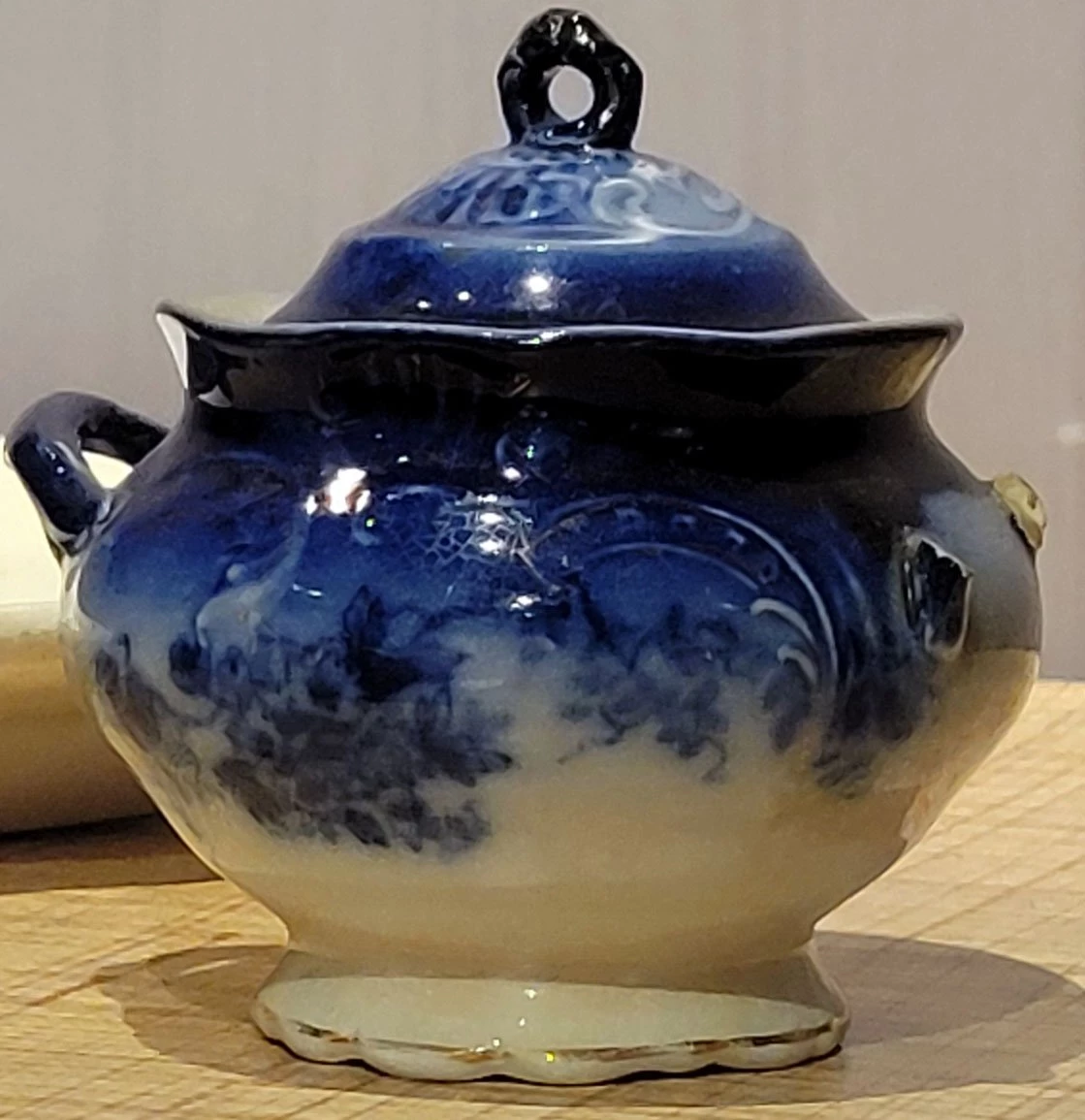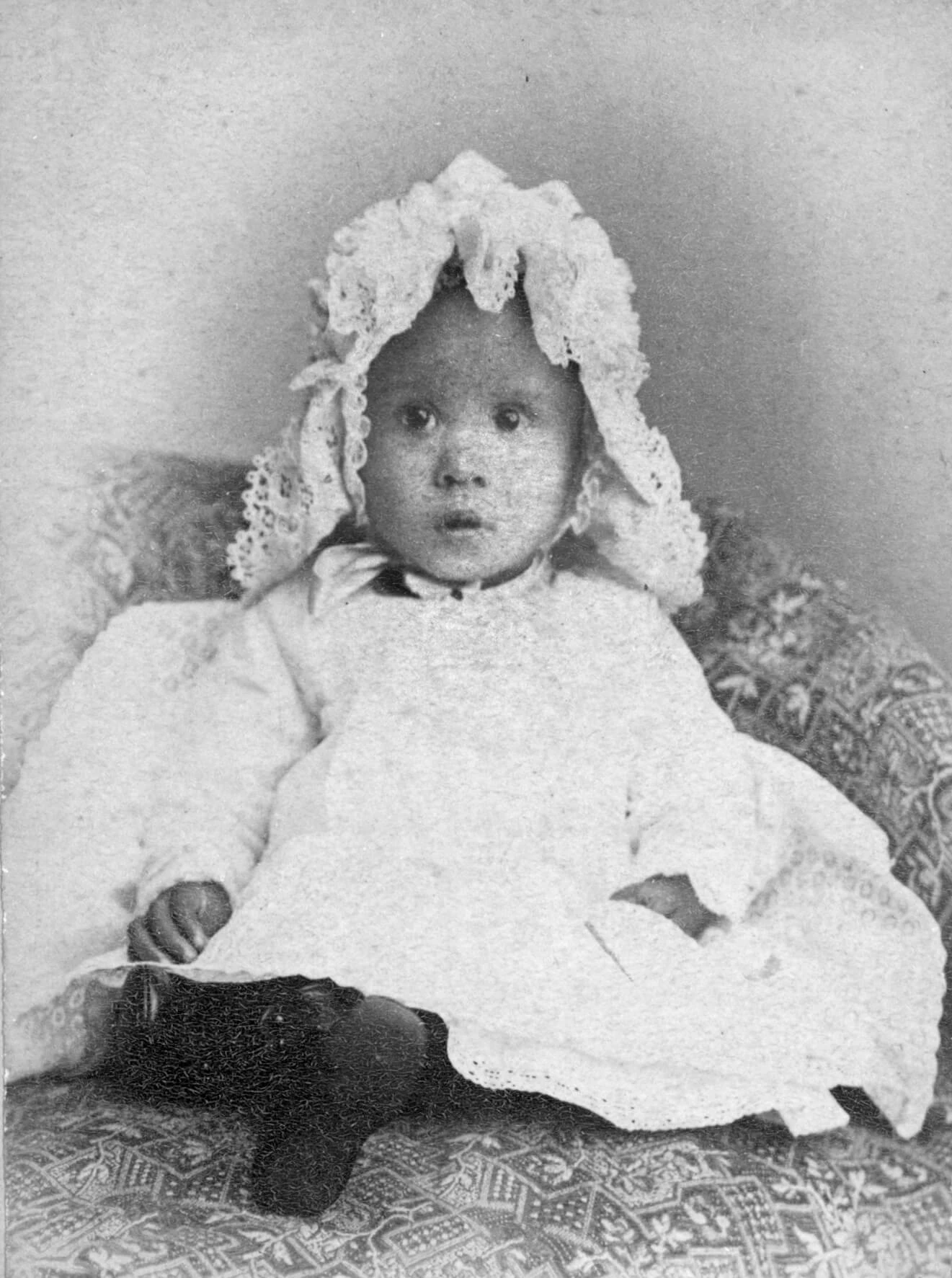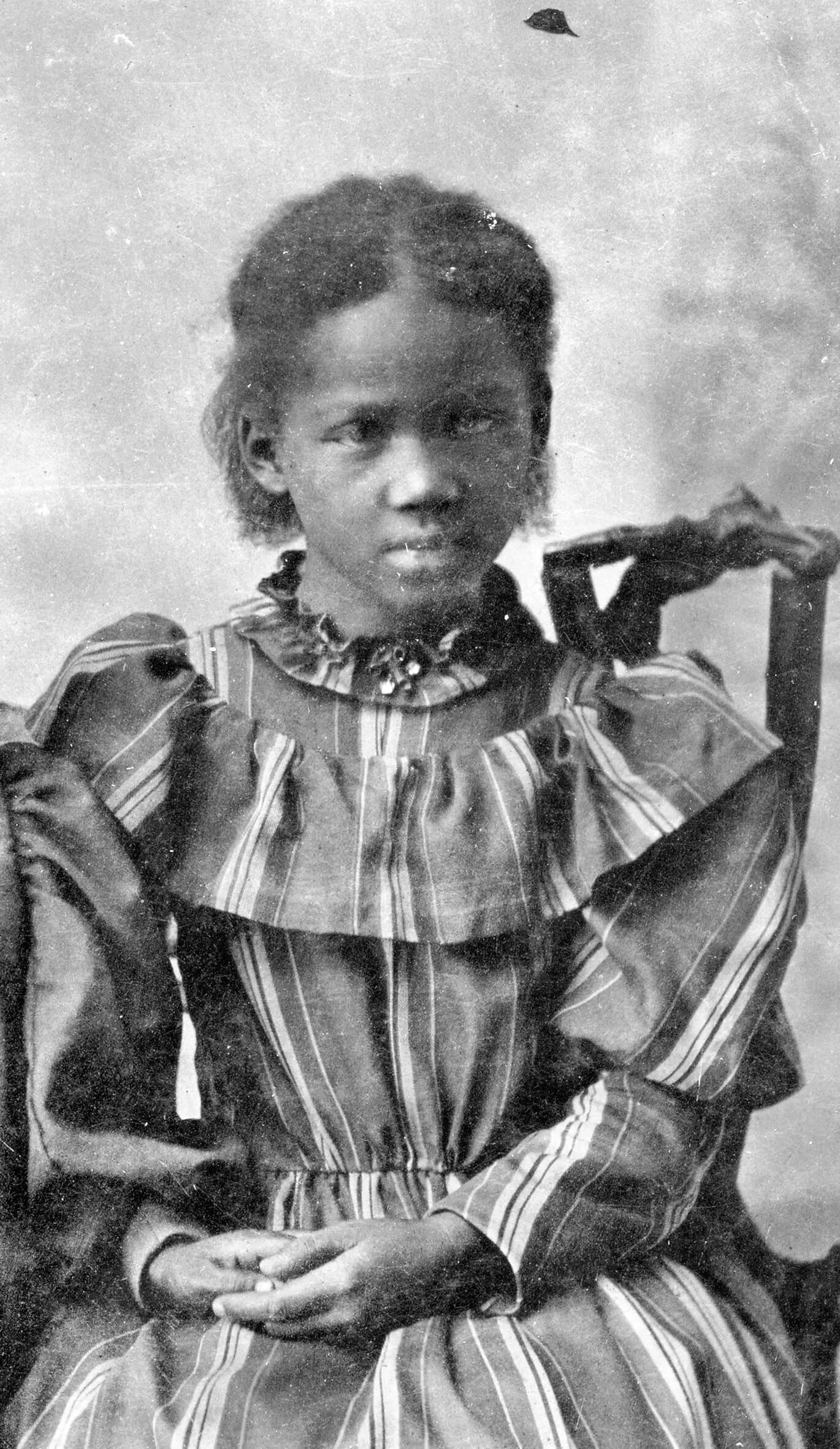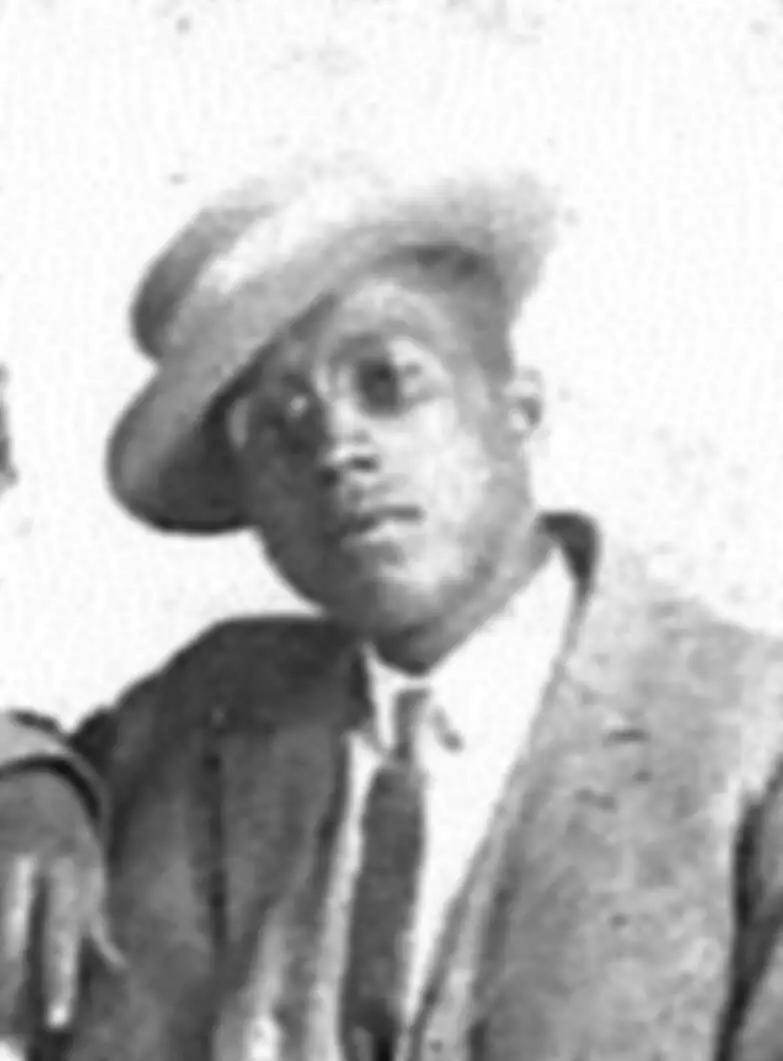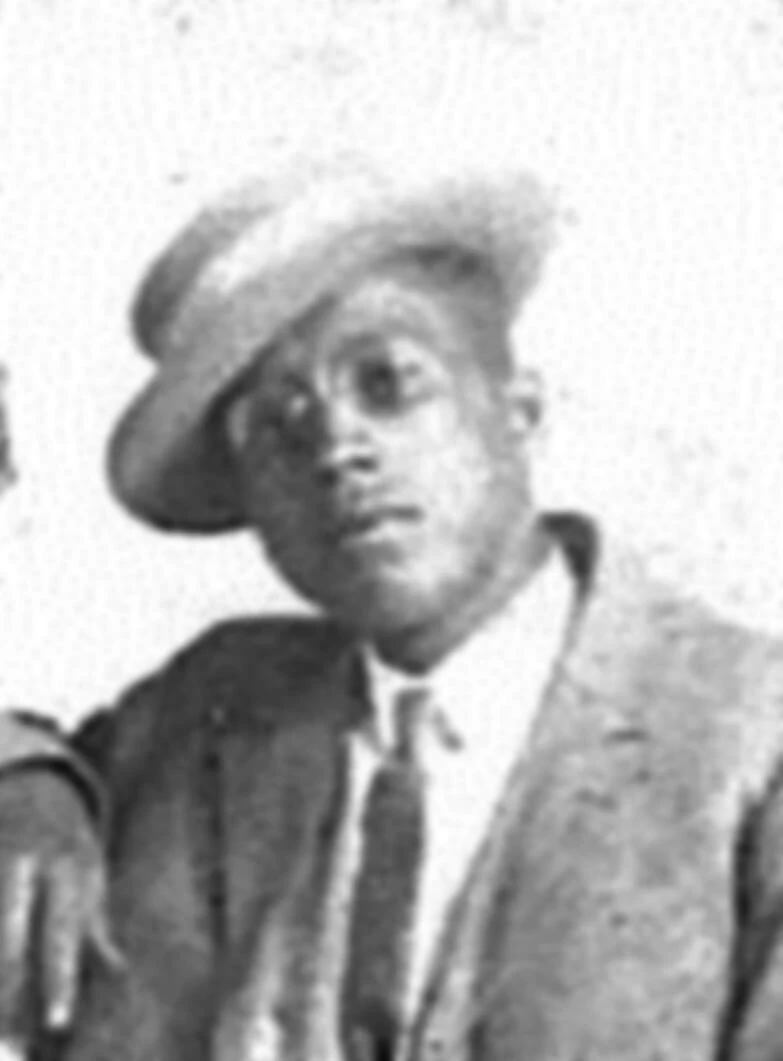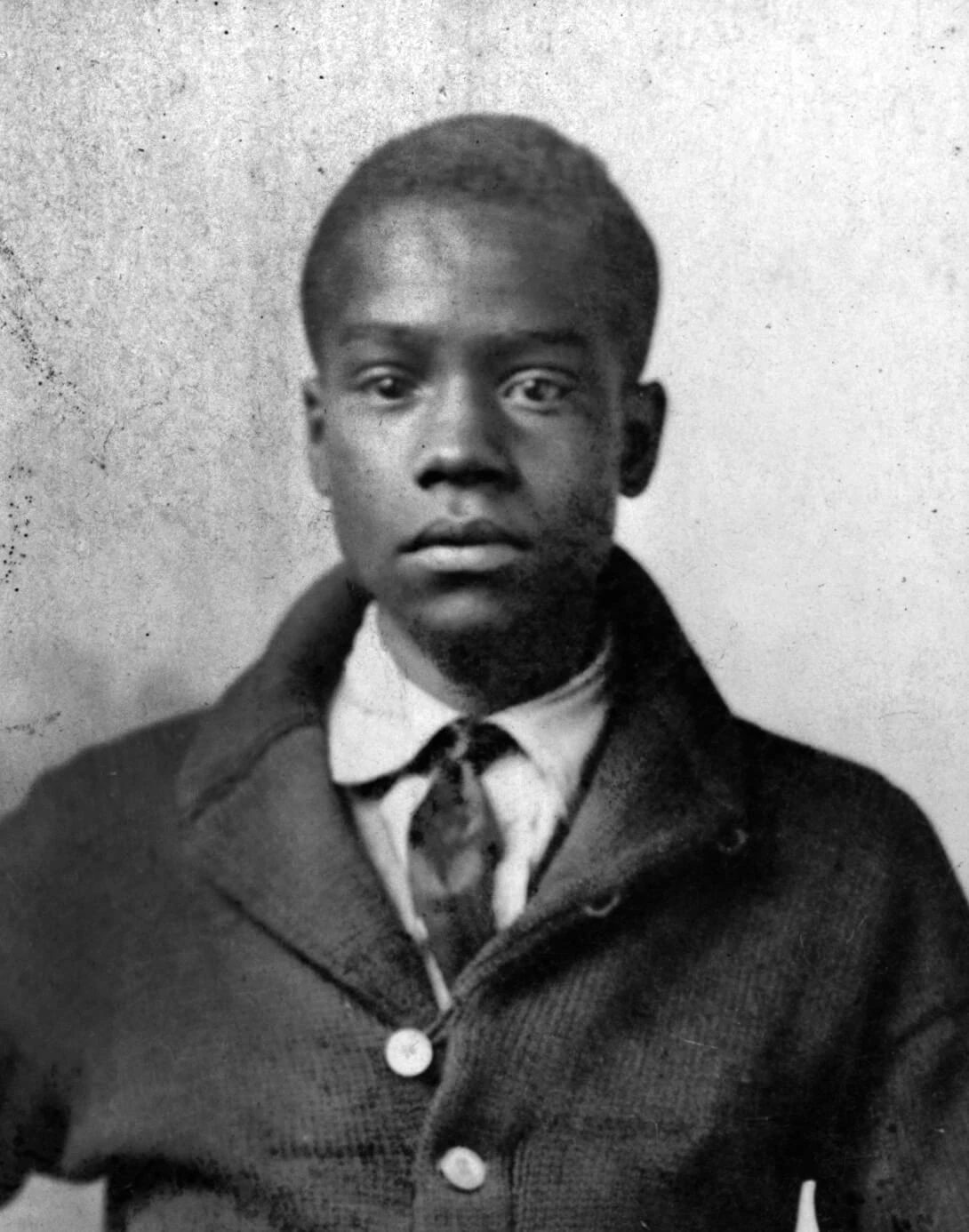A Cosmopolitan Place – Duff Family
Fannie E. Walker was born into slavery in Kentucky in January of 1865.
After the Civil War many African Americans came north searching for jobs, less discrimination, and a better life.
Until the Civil War ended, Fannie, her parents Julia Hawkins Walker and Charles Walker, and her older brother Charles were enslaved by their owners George and Mary Green.
Fannie was identified as mulatto in census records, indicating that she had mixed parentage. Both her mother and father were also considered mulatto, a common label enslaved people who were fathered by their owners or overseers.
After the Civil War and the death of her father, Fannie, her mother, and her siblings had nowhere to go. They may have decided to stay on with the Greens because they were comparatively well treated.
Fannie’s mother kept this picture of Marion Green, the son of her owner. Marion was most likely the father of Fannie’s three step-siblings Mary, Thomas, and George Green. Fannie’s mother remarried in 1873, at which time they left the Green household.
With few work opportunities in the South, Fannie’s family decided in 1881 to move to Normal. There Fannie met Peter Duff, an educated Black man who worked for the Fell family.
Peter was born enslaved in Perry, Kentucky in 1856. He came to Normal in 1870 where he found work as a carpenter and handy man for Jesse Fell.
Peter was required by Fell to learn to read, write, and understand the fundamentals of arithmetic in order to work for him. Peter took classes at the public schools and, according to Fell family history, had much assistance from the Fell children in his studies. In 1878 he was living with the Fells.
Fannie and Peter Duff married in 1883.
Silk bodice, circa 1883

View this object in Matterport
It is believed that Fannie wore this bodice when she married Peter Duff.
Donated by: the estate of Julia Duff
864.3934
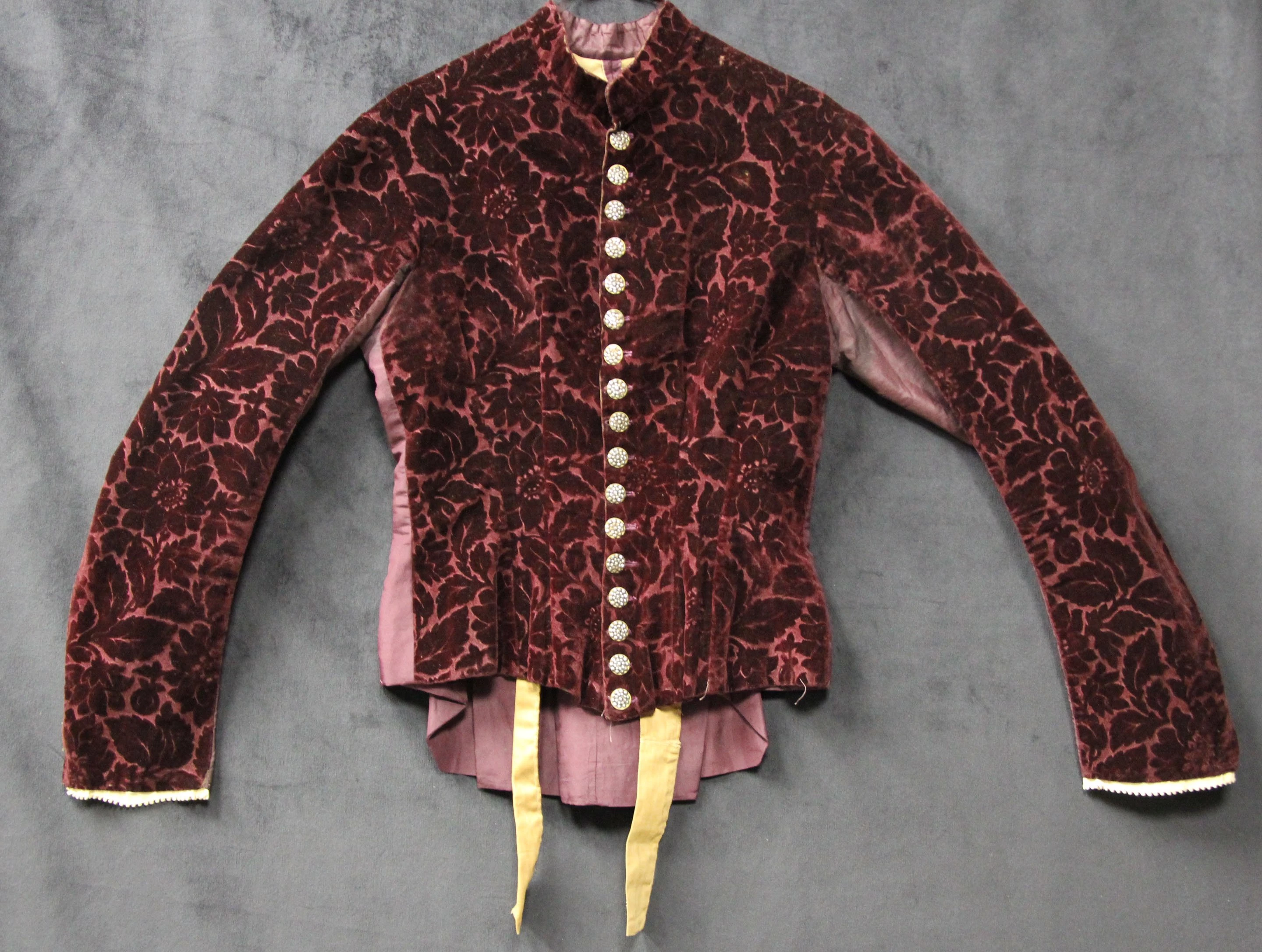
Peter updated the kitchen to fit the progressive ideas of the time. This included wall cabinets and counters, a pass-through door to the dining room, a cistern-pump, and a wall-hung sink. You can see these cabinets on display in our exhibit here.
Hand painted porcelain bowl, circa 1888
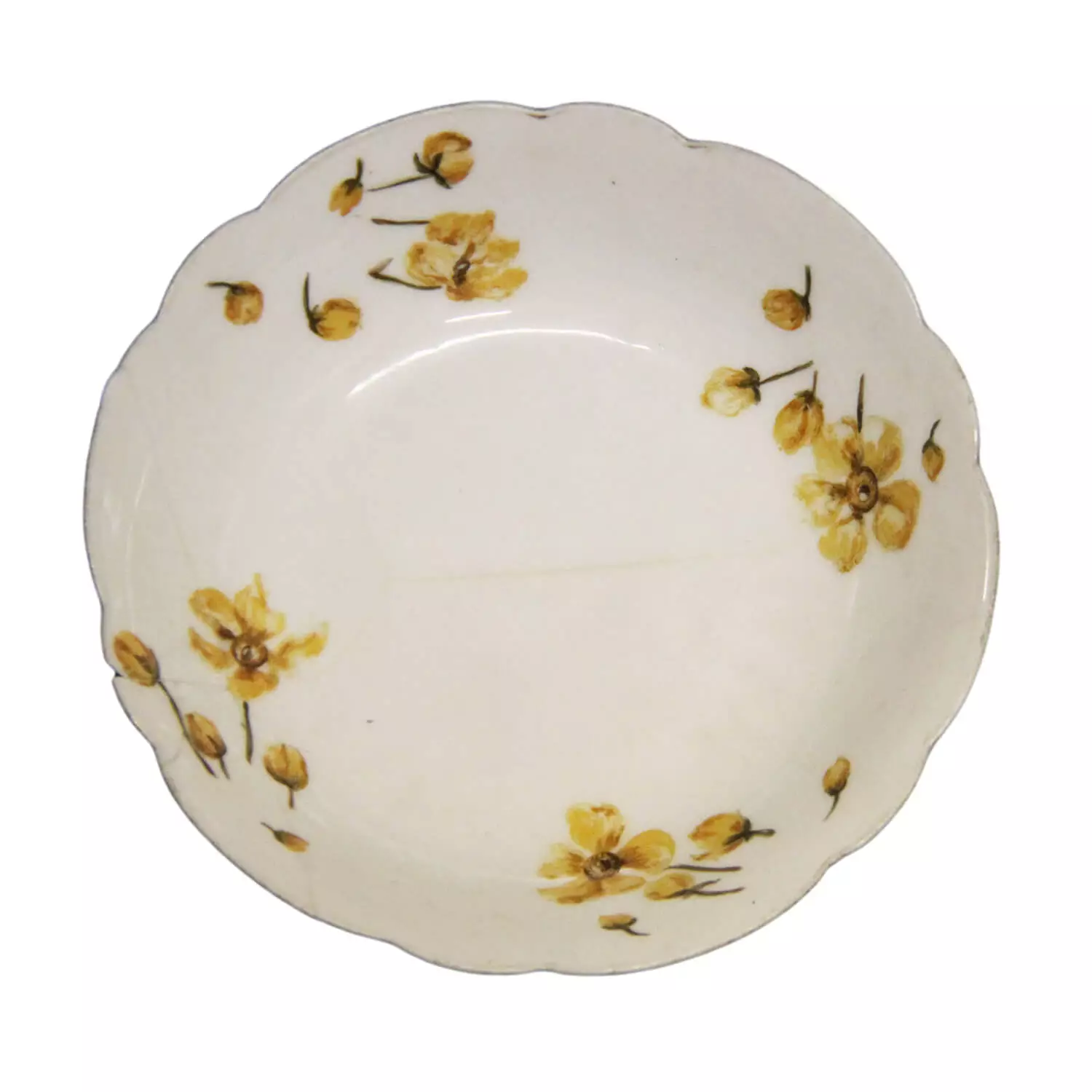
Though Peter no longer worked for or lived with the Fell family, he and Fannie were still considered friends. Alice Fell hand painted this porcelain bowl and gave it to the Duff family in 1888. Alice had helped Peter study when he was receiving his education.
Donated by: the Estate of Julia Duff
863.1528
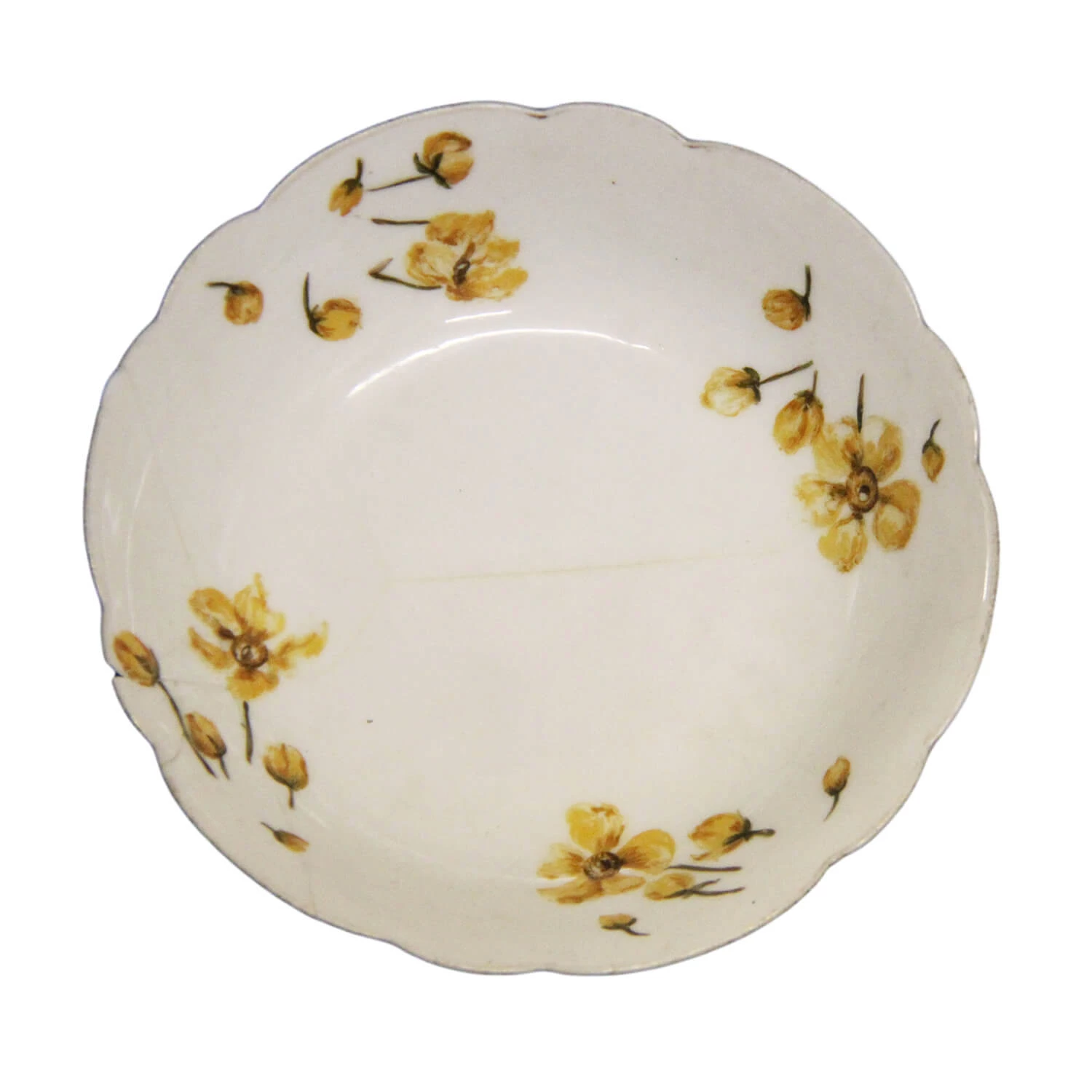
Tableware set, circa 1925
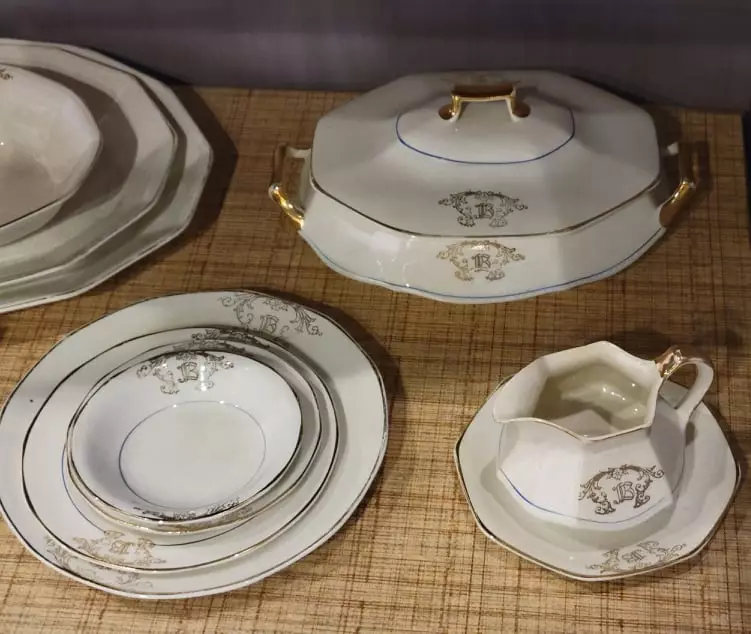
For special occasions, the Duff family might have used dishes like these, which originally belonged to Blanche and Harry Bell. The Bells only used the dishes for holidays and special occasions. When the dishes were passed down to their son Howard, he and his wife Elaine continued that tradition.
Donated by: Howard and Elaine Bell
864.3934
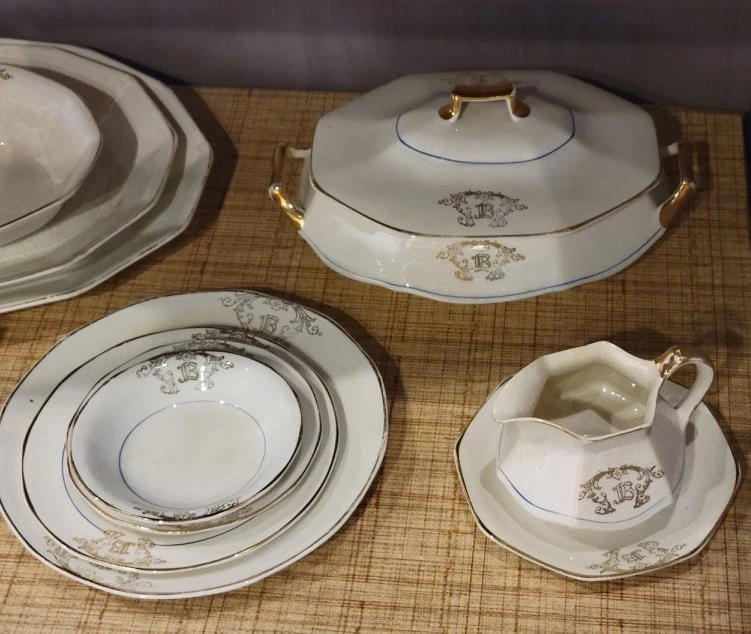
Fannie and Peter had seven children — Alverta, John Walker, Julia Edith, Janie, Rollie, George, and Cordelia (who died at birth).
 Making a Home
Making a Home
 A Community in Conflict
A Community in Conflict
 Working for a Living
Working for a Living
 Farming in the Great Corn Belt
Farming in the Great Corn Belt
 Abraham Lincoln in McLean County
Abraham Lincoln in McLean County

